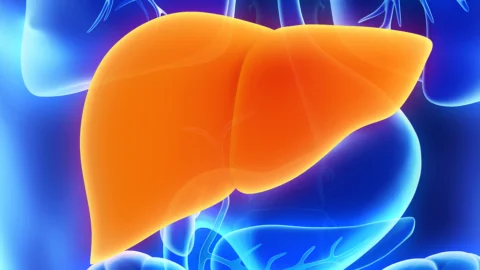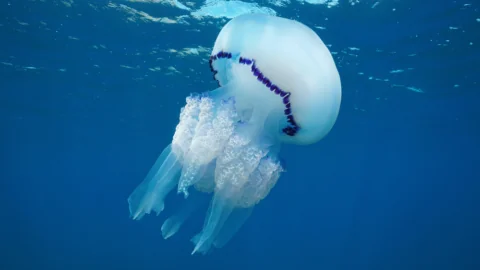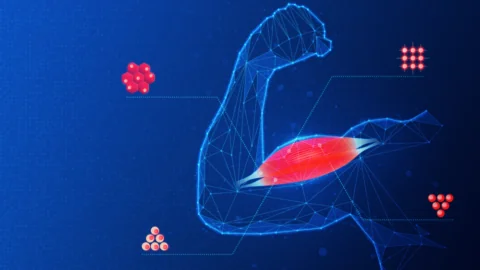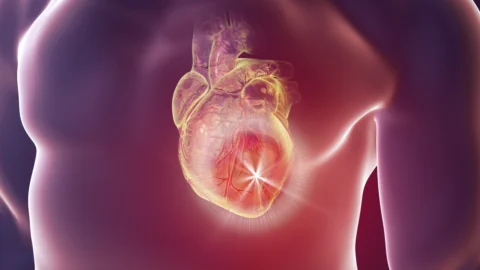March 18, 2024
In Cell, a team of researchers, including the founders of the biotech company HepaRegeniX, has published a paper on HRX215, a molecule that encourages liver regeneration. When the liver doesn't regenerate The researchers note that the liver has a "nearly unlimited regenerative potential" under healthy circumstances. However, when its microenvironment changes due to damage, this...
July 07, 2023
Scientists have demonstrated that full-body regeneration in cnidarians, a group of animals that includes the jellyfish and hydra, can be driven by signals from senescent cells [1]. This might be the original purpose of cellular senescence. Why can’t we regrow our arms? There are many examples of amazing regenerative abilities in the animal kingdom, but...
March 23, 2023
A paper published today in Nature Aging has shown that a macrophage-regulating factor has a significant impact on muscle regeneration. Healing slows with aging The researchers note two key reasons for the decline of regenerative abilities with aging. The first is stem cell exhaustion, the gradual depletion of stem cells and ensuing lack of functional...
January 30, 2023
Research published in Cell Stem Cell has described how previously unmodified animals have been given regenerative abilities akin to those of zebrafish, restoring their heart muscle after injury. A TREE of life This study is introduced with a discussion of gene therapy as a field, noting clinical approval for gene therapies against multiple genetic diseases...
August 09, 2022
Researchers have been able to achieve substantial recovery of cellular and organismal activity in pigs that had been dead for a full hour [1]. When is it too late? Advances in resuscitation have already moved the boundaries of life and death, making it possible to revive a person several minutes after the heart stops beating....
October 12, 2020
Researchers have identified a factor present in the skin of baby mice that controls the formation of hair follicles during their early development. The factor is turned off in adult mice, but when it is turned back on, it allows them to regenerate their skin following injury without scarring, just like baby mice do. Skin...






